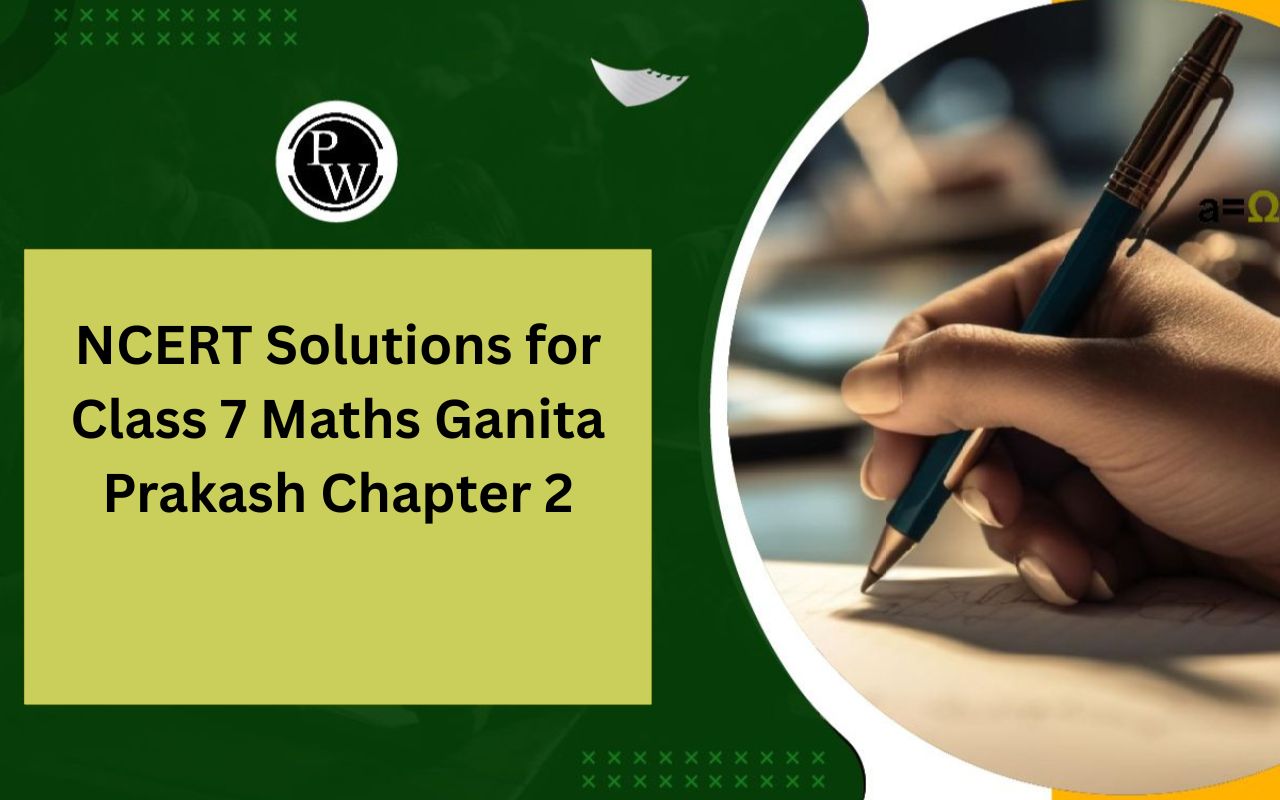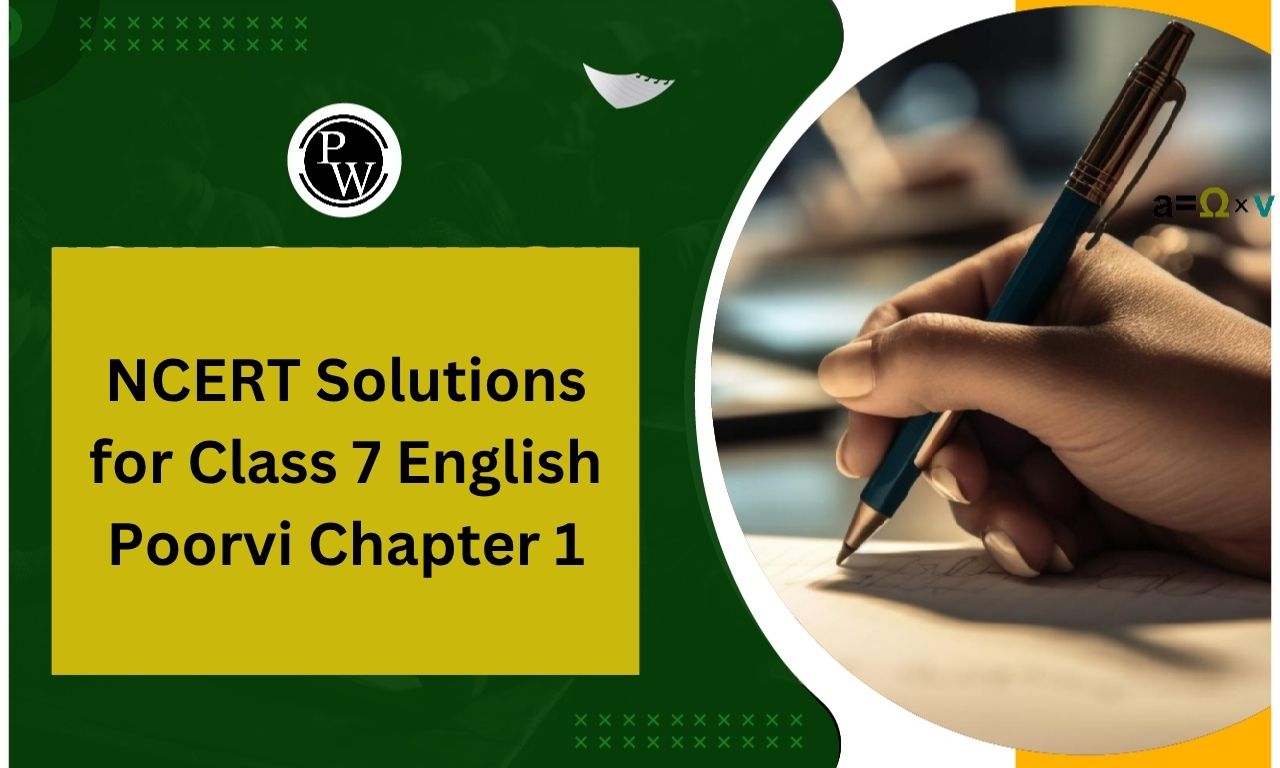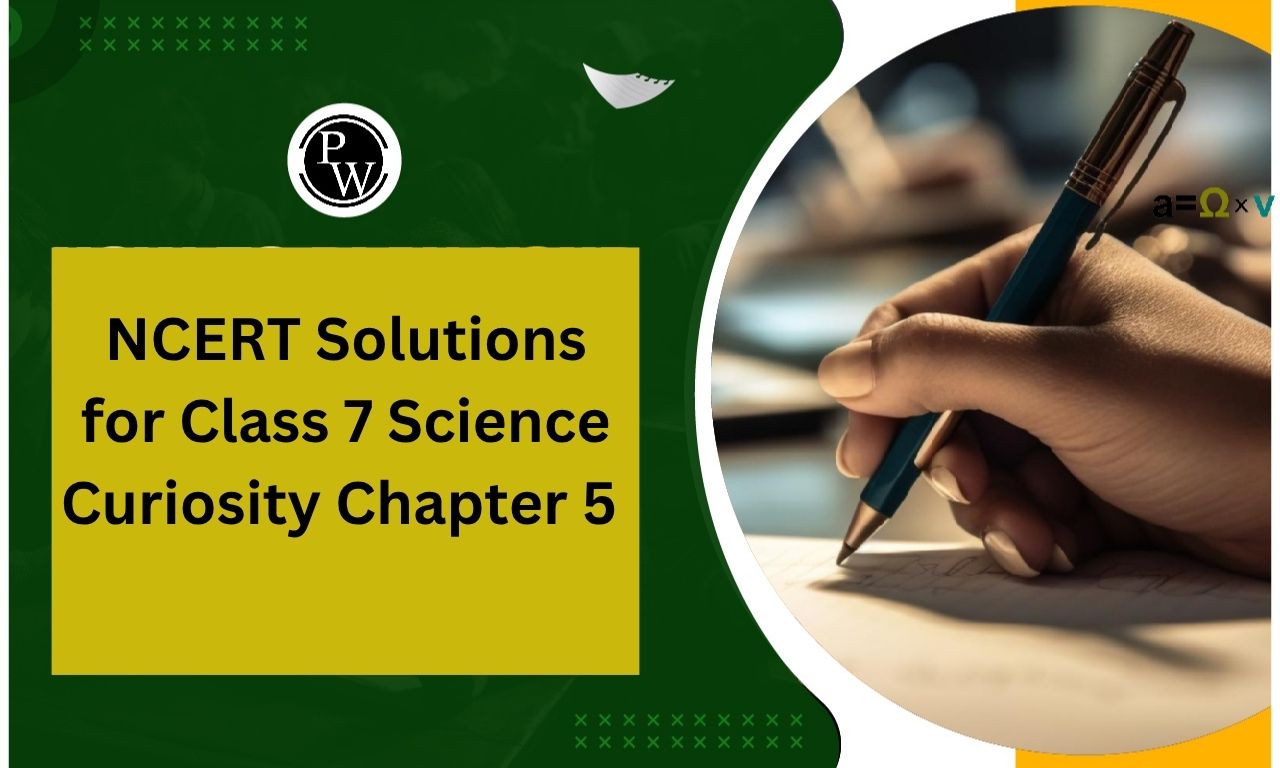
CBSE Class 7 Social Science History Notes Chapter 9: In Chapter 9 of CBSE Class 7 Social Science History, we learn about how different cultures developed in various parts of India long ago.
This chapter explains how these unique cultures grew because of people moving around, sharing ideas, and leaders supporting them. We'll explore how people expressed their beliefs through art, music, and language. From songs of devotion that spread love and peace to beautiful buildings and artworks, each region had its own special way of showing its identity. By studying these stories, students get to understand how India's cultural diversity came to be.CBSE Class 7 Social Science History Notes Chapter 9 The Making of Regional Cultures Overview
These notes about Chapter 9, "The Making of Regional Cultures," in CBSE Class 7 Social Science History have been made by experts at Physics Wallah. They help you understand how different cultures formed and grew in India long ago. These notes show you how people moved around, shared ideas, and how leaders supported them. They also explain how people showed their beliefs through art, music, and language. By studying these notes, you'll learn about the many different ways people lived in India in the past.CBSE Class 7 Social Science History Notes Chapter 9 PDF
You can click the link below to get the PDF for Chapter 9 of CBSE Class 7 Social Science History Notes. This PDF is about "The Making of Regional Cultures." It helps you understand how different cultures grew in different parts of India long ago. The PDF tells you about the things that influenced these cultures, like people moving around, talking to each other, and leaders supporting them. It also talks about how people showed their culture through things like art, music, and language. So, if you want to learn more about how cultures developed in India, click on the link to get the PDF.CBSE Class 7 Social Science History Notes Chapter 9 PDF
CBSE Class 7 Social Science History Notes Chapter 9 The Making of Regional Cultures
Here we have provided CBSE Class 7 Social Science History Notes Chapter 9 for the students so that they can prepare easily for their exams by referring to these notes -The Cheras and the Development of Malayalam
The Cheras, a prominent kingdom in the 9th century, played a significant role in the development of Malayalam language in the southwestern part of the Indian peninsula, which is now Kerala. Their capital, Mahodayapuram, served as a hub for cultural and linguistic advancements. The Chera rulers notably promoted Malayalam by using it in their official inscriptions, making it one of the earliest instances of a regional language being used in official records in India. Despite this emphasis on Malayalam, the Cheras also valued Sanskrit traditions, evidenced by their patronage of temple theater in Kerala, which drew stories from Sanskrit epics. The earliest literary works in Malayalam, dating back to the 12th century, were heavily influenced by Sanskrit. Even later texts like the 14th-century Lilatilakam, which focused on grammar and poetics, were composed in Manipravalam, a blend of Sanskrit and regional language, indicating the enduring influence of Sanskrit on Malayalam's literary development.Rulers and Religious Traditions: The Jagannatha Cult
In various regions, unique cultures emerged around religious traditions, and a prime example is the Jagannatha cult in Puri, Orissa. This cult revolves around the deity Jagannatha, also known as the lord of the world, who is a form of the god Vishnu. Interestingly, the wooden image of the deity is traditionally crafted by local tribal people, suggesting its origins as a local deity before being associated with Vishnu. In the 12th century, Anantavarman, a significant ruler of the Ganga dynasty, initiated the construction of a temple for Jagannatha in Puri. Later, in 1230, King Anangabhima III dedicated his entire kingdom to the deity and declared himself the deity's "deputy." Consequently, the temple became a prominent pilgrimage site, gaining significance not only in religious matters but also in social and political affairs. Over time, various rulers who sought control over Orissa, such as the Mughals, the Marathas, and the English East India Company, attempted to assert their authority over the temple to legitimize their rule among the local population.The Rajputs and Traditions of Heroism
Beyond Regional Frontiers: The Story of Kathak
Painting for Patrons: The Tradition of Miniatures
The evolution of Bengali as a regional language provides insight into the intricate dynamics of linguistic development. Despite our assumptions that regions are always associated with the language spoken by its people, early Sanskrit texts from the mid-first millennium BCE suggest that the inhabitants of Bengal did not speak Sanskrit-derived languages like Bengali. So, how did Bengali emerge?
The growth of Bengal's regional language can be traced back to the 4th to 3rd centuries BCE when commercial ties between Bengal and Magadha (South Bihar) flourished. This interaction laid the foundation for linguistic growth. By the 4th century CE, Gupta rulers exerted political control over North Bengal, settling Brahmanas in the area and strengthening linguistic and cultural ties with the mid-Ganga valley. By the 7th century, Chinese traveler Xuan Zang noted that Sanskrit-related languages were prevalent throughout Bengal.
In the 8th century, Bengal emerged as the nucleus of a regional kingdom under the Palas. Between the 14th and 16th centuries, Bengal was ruled by independent Sultans. However, in 1586, Akbar's conquest of Bengal led to the formation of the Bengal suba, with Persian becoming the language of administration. It was during this period that Bengali began to develop as a regional language.
By the 15th century, the Bengali dialects were united by a common literary language based on the spoken language of West Bengal. While Bengali is derived from Sanskrit, it underwent several stages of evolution, incorporating a wide range of non-Sanskrit words from various sources, including tribal languages, Persian, and European languages.
Early Bengali literature was divided into two categories: one influenced by Sanskrit and the other independent. The former included translations of Sanskrit epics, auspicious poems, and bhakti literature, while the latter comprised Nath literature, stories of Dharma Thakur worship, and folk tales. Manuscripts belonging to the first category can be dated between the late 15th and mid-18th centuries, while those in the second category circulated orally, making precise dating difficult, particularly in eastern Bengal, where Brahmanical influence was weaker.
Pirs and Temples
Traditional food habits revolve around locally available ingredients, and in Bengal, a riverine plain, rice and fish reign supreme. Even among the poorest Bengalis, these two staples feature prominently on the menu. Fishing has been a vital occupation in Bengal, reflected in its literature and depicted on terracotta plaques adorning temple walls and Buddhist monasteries.
Despite Brahmanas traditionally abstaining from nonvegetarian food, the popularity of fish in the local diet led to a relaxation of this prohibition for Bengal Brahmanas. The Brihaddharma Purana, a 13th-century Sanskrit text from Bengal, permitted certain varieties of fish for local Brahmanas, highlighting the cultural significance of fish as a food source in Bengal.
Benefits of CBSE Class 7 Social Science History Notes Chapter 9 The Making of Regional Cultures
- Comprehensive Understanding: The notes provide a thorough overview of the chapter, helping students grasp the key concepts and historical developments related to the formation of regional cultures in India.
- Simplified Language: The notes are written in simple language, making it easier for students to comprehend complex historical information.
- Structured Format: The notes are organized in a structured manner, covering important topics such as the Bhakti and Sufi movements, the development of regional languages, and the cultural exchanges that shaped India's diverse heritage.
- Exam Preparation: By studying these notes, students can effectively prepare for their exams by reviewing essential points and historical events covered in the chapter.
- Conceptual Clarity: The notes enhance conceptual clarity by explaining the significance of cultural interactions, patronage, and artistic expressions in the formation of regional identities.
CBSE Class 7 Social Science History Notes Chapter 9 FAQs
What is the significance of regional cultures in Indian history?
Regional cultures play a crucial role in Indian history as they reflect the diverse identities, traditions, and customs that have evolved over time in different parts of the country. They contribute to the rich tapestry of India's cultural heritage and provide insights into the social, economic, and political dynamics of various regions.
How did regional cultures evolve in ancient and medieval India?
Regional cultures in ancient and medieval India evolved through interactions, migrations, and the patronage of rulers. They were shaped by factors such as geography, climate, trade routes, religious movements, and linguistic diversity.
How did rulers and religious movements influence the making of regional cultures?
Rulers and religious movements played a significant role in shaping regional cultures by patronizing art, architecture, literature, and languages. They promoted cultural exchanges, supported local traditions, and facilitated the spread of religious ideas and practices.
Can you provide examples of regional cultural expressions, such as art, literature, and architecture?
Examples of regional cultural expressions include the Bhakti and Sufi poetry, temple architecture, miniature paintings, folk music and dance forms, regional cuisines, traditional crafts, and festivals.
How did trade and commerce contribute to the making of regional cultures?
Trade and commerce facilitated cultural exchanges between regions, leading to the diffusion of ideas, technologies, and artistic styles. They also influenced urbanization, social mobility, and the emergence of cosmopolitan centers that became hubs of cultural innovation.
🔥 Trending Blogs
Talk to a counsellorHave doubts? Our support team will be happy to assist you!

Check out these Related Articles
Free Learning Resources
PW Books
Notes (Class 10-12)
PW Study Materials
Notes (Class 6-9)
Ncert Solutions
Govt Exams
Class 6th to 12th Online Courses
Govt Job Exams Courses
UPSC Coaching
Defence Exam Coaching
Gate Exam Coaching
Other Exams
Know about Physics Wallah
Physics Wallah is an Indian edtech platform that provides accessible & comprehensive learning experiences to students from Class 6th to postgraduate level. We also provide extensive NCERT solutions, sample paper, NEET, JEE Mains, BITSAT previous year papers & more such resources to students. Physics Wallah also caters to over 3.5 million registered students and over 78 lakh+ Youtube subscribers with 4.8 rating on its app.
We Stand Out because
We provide students with intensive courses with India’s qualified & experienced faculties & mentors. PW strives to make the learning experience comprehensive and accessible for students of all sections of society. We believe in empowering every single student who couldn't dream of a good career in engineering and medical field earlier.
Our Key Focus Areas
Physics Wallah's main focus is to make the learning experience as economical as possible for all students. With our affordable courses like Lakshya, Udaan and Arjuna and many others, we have been able to provide a platform for lakhs of aspirants. From providing Chemistry, Maths, Physics formula to giving e-books of eminent authors like RD Sharma, RS Aggarwal and Lakhmir Singh, PW focuses on every single student's need for preparation.
What Makes Us Different
Physics Wallah strives to develop a comprehensive pedagogical structure for students, where they get a state-of-the-art learning experience with study material and resources. Apart from catering students preparing for JEE Mains and NEET, PW also provides study material for each state board like Uttar Pradesh, Bihar, and others
Copyright © 2025 Physicswallah Limited All rights reserved.












